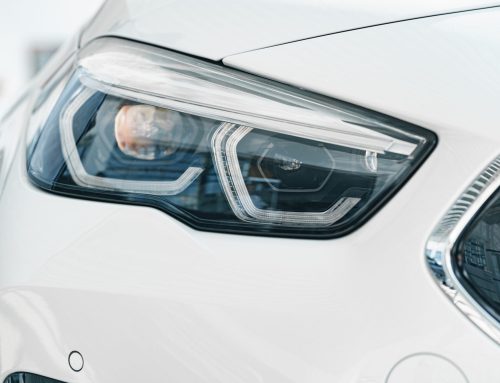Before applying a clear coat, you need to sand off the old paint. You also need to hand wash your car regularly to remove dirt buildup. After the clear coat has dried, you should re-clear your car. To make sure your new clear coat lasts, follow these tips to keep it looking good.
Do you need to sand off old paint before applying a clear coat?
In most cases, you do not need to sand off old paint before you apply a clear coat. However, you should sand the base paint if the clear coat application is taking too long. You can also sand the base paint without sandpaper if it is dry.
Before you begin sanding, make sure the damaged area is completely free of wax. You can also use car-wash soap to remove any residue or foreign debris. Next, tape off the area with painter’s tape. Then, use a piece of 800-grit sandpaper to smooth out the rough clear coat. Use light pressure, and go light on the surrounding clear coat. This creates a smooth transition from the damaged area to the new clear coat.
The first step in removing the old clear coat is to assemble the tools you will need. The tools will help you repair the clear coat and assist you in performing other exterior procedures on your car. Some tools include: paint thinner, sandpaper, a wet sander, polishing pad, wax, spray detailer, and wax.
Before you apply the new clear coat on your car, you should make sure that the first layer of paint is in good condition. If you have a fresh clear coat, it will add a new shine and gloss to your car. Moreover, you should always follow the manufacturer’s instructions carefully. You can use 899 fine grit sandpaper along with an electric polisher to wet sand off the old clear coat film.
Do you need to hand wash your car regularly to remove dirt buildup?
When you wash your car, it’s important to use appropriate products to remove dirt and debris. Check the owner’s manual for a recommended cleaning solution for your car. Also, it’s a good idea to use a soft microfiber cloth. This can protect the paint finish.
While daily car care isn’t necessary if you use your car primarily for commuting, there are times when more detailed care is required. If you’re going to a special event, you may want to go the extra mile and hand wash your car. Having a clean and detailed car will make it feel special.
Cleaning your car by hand can be time consuming. It’s best to begin with the lower parts of your car, since they tend to be the dirtiest. The bottom is also prone to dirt and grime, so it’s especially important to concentrate on these areas.
Road-tar and road debris can build up around the bottom part of your car, especially around wheel wells and the lower edge. To remove stubborn road debris, use a soft cloth, which will not scratch the paint. However, don’t use a cloth that’s too abrasive because the road debris may blacken it.
When hand-washing your car, make sure to use a high-quality microfiber wash mitt. Then, use a microfiber towel to dry the car. You can also purchase car vacuum attachments to vacuum the interior of your car.
Do you need to re-clear your car after applying a clear coat?
You might be wondering whether you have to re-clear your car after you’ve applied a clear coat. While some damage does require a total removal, less serious damage does not. To begin, use a degreaser to clean the car’s exterior and remove any wax that might be present. Then, tape off the area that you want to repair with painters’ tape. The tape should extend at least an inch past the existing clear coat.
Regular car washing is another great way to maintain the clear coat. This will help to prevent the clear coat from peeling and maintain your beautiful finish. Use a quality car wash soap, such as M.A.X. Power Car Wash, which will remove dirt and grime and reveal the condition of your paintwork. Using a good soap will also help you keep your car’s paint fresh and pristine.
A car’s clear coat is vulnerable to deterioration from the sun’s UV rays. Not only does UV rays cause cracks to develop in the dashboard, they can also fade the cloth and carpet upholstery. Over time, these rays can also cause plastic to rot on interior trim panels. Other causes of clear coat damage include road debris and scratches. Even small scratches can cause peeling or fading. If your clear coat is damaged, it should be repaired before applying a new layer.
Once you’ve applied a clear coat, you can either re-clear the car by applying it to the entire car or only a part of it. Alternatively, you can polish the affected area and avoid the clear coat altogether. If you plan on using wax or polish to protect your paint, you can also apply a layer of degreaser to the affected area.




